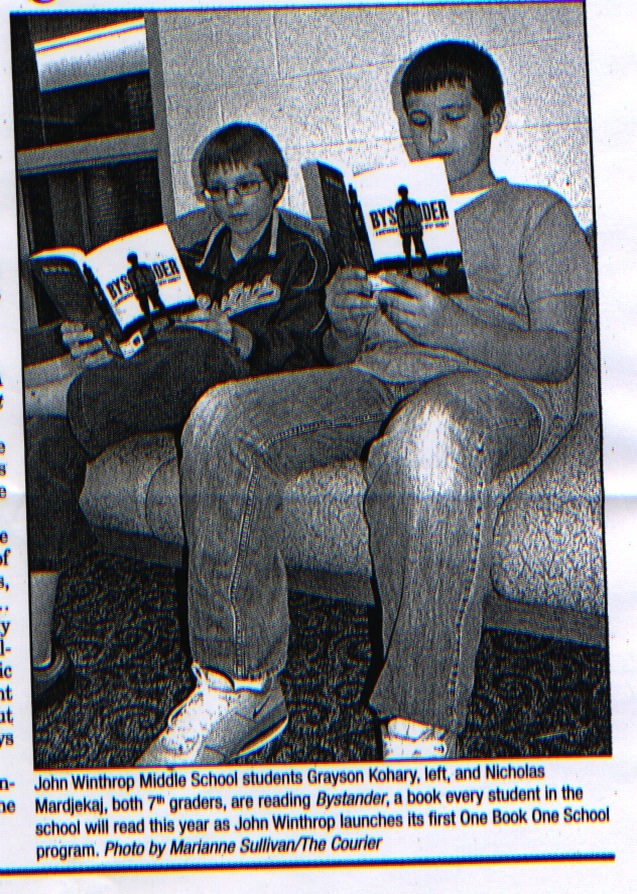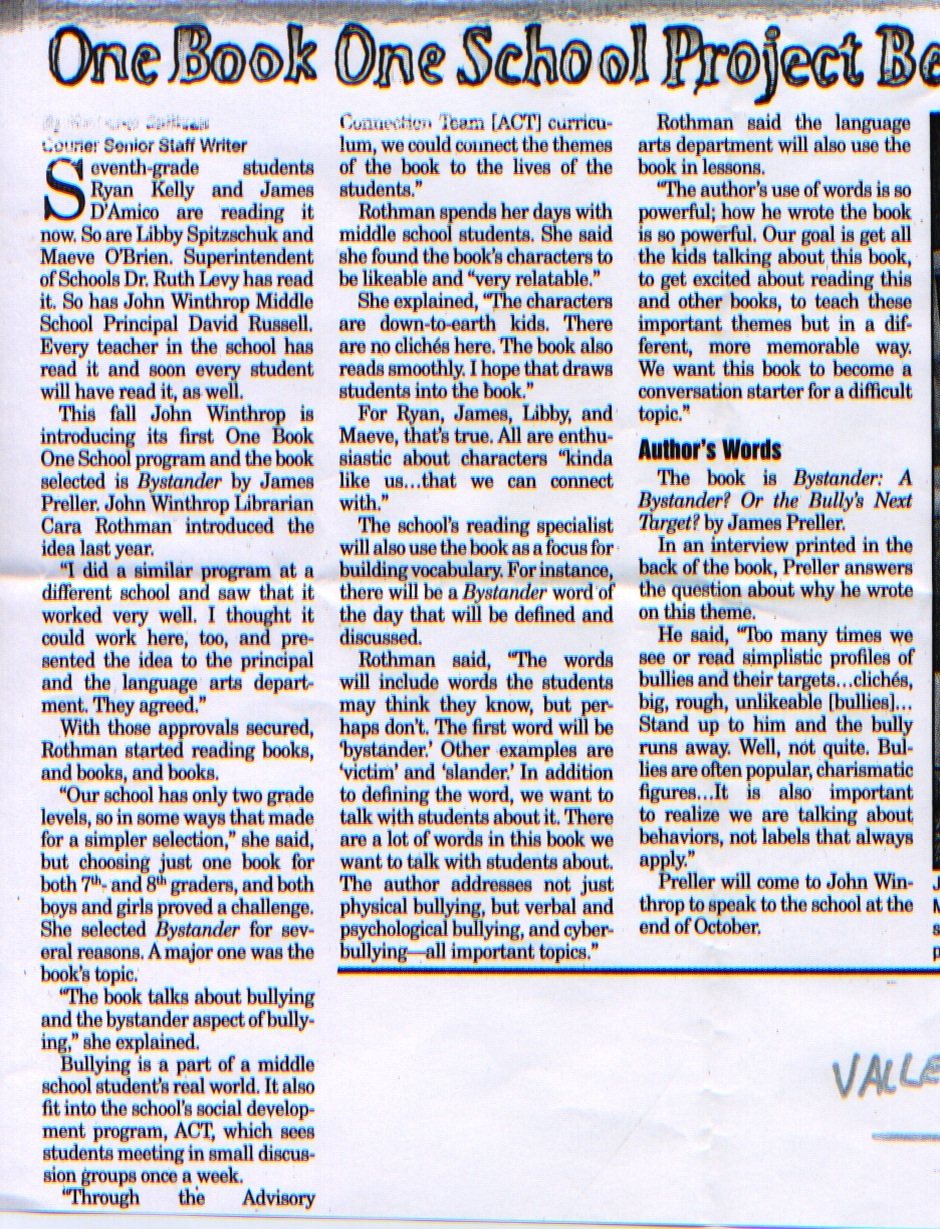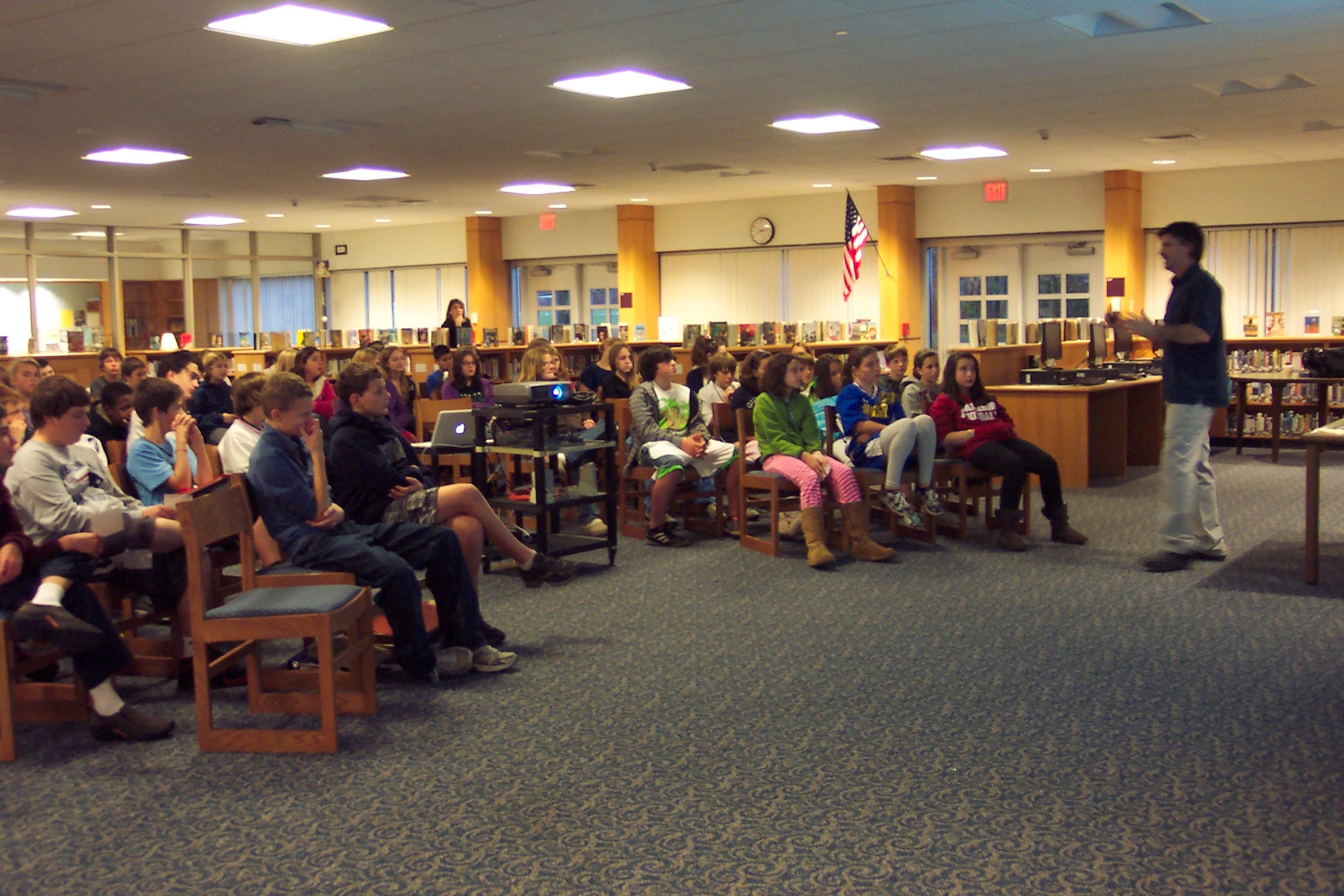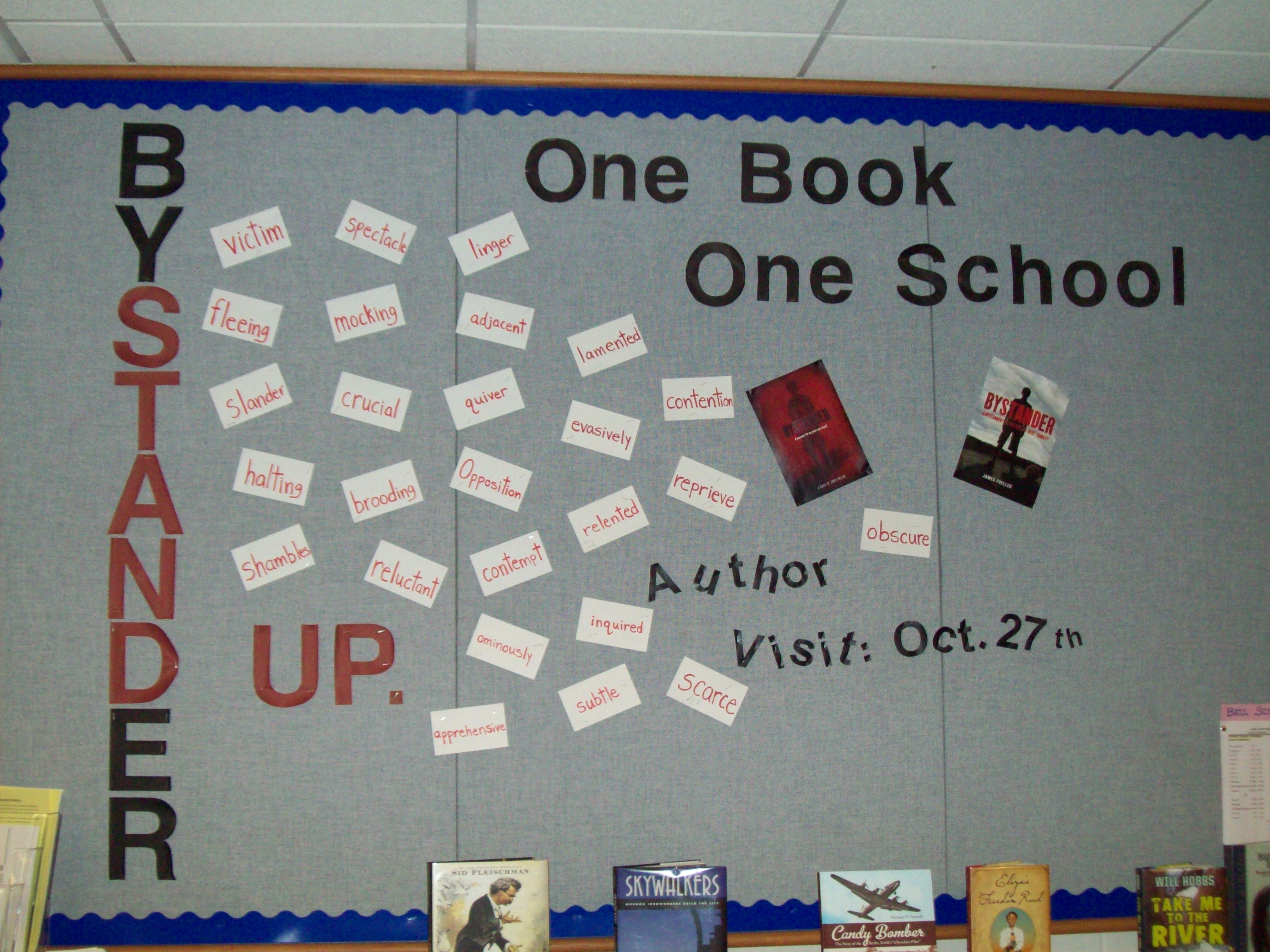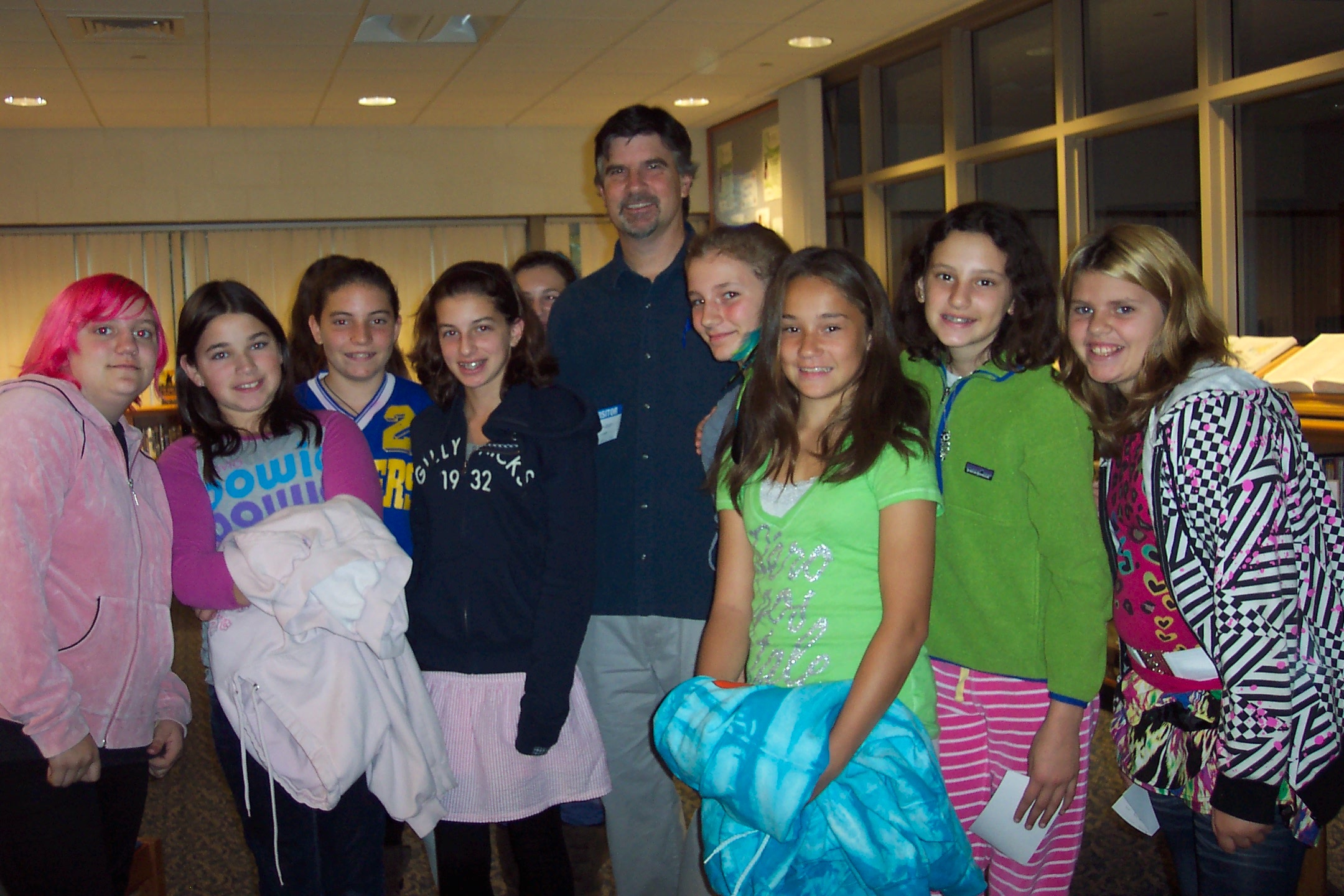I just read Joan Didion’s new book, Blue Nights.
She’s just an amazing writer, so precise. I’d follow her mind anywhere. And this book is particularly remarkable, not only for the content, but for the style — the texture of the thought as much as the thoughts themselves, if the two can separated. Brief and fractured, at times clear and direct and yet elusive, slippery, the book takes on the qualities of a prose poem.
It struck me that Didion in this book writes as an elderly woman in her late 70’s, from that specific place, the way her thoughts (and sentences) keep circling back, almost forgetful, picking up dropped threads, weaving them into loose patterns, drifting back again, and plunging forward as if reluctantly, yet determined to arrive . . . at something. There’s a frailty here, the uncertainty of any old brittle-boned body, picking a cautious path down the sidewalk, fearful of losing her balance, falling. Reading it, I thought of my own mother, age 85 or 6, who knows anymore, and the new palpable fear she experiences stepping off a curb, walking to the mailbox, wondering when gravity will be her undoing. And yet out into this perilous world she bravely steps.
Two things:
First, look at this photograph, the peculiar pose, that thin right arm, hand rested on her right shoulder, and that clear-eyed gaze. What an intimate photograph by Anthony Dunne.
Second, let us now marvel, and reread over and again as we gape with admiration and open-jawed awe at the punctuation, pace, and mastery of writer Joan Didion (pp. 140-141, Blue Nights):
—–And yet:
—–And still:
—–Despite all evidence:
—–Despite recognizing that my skin and my hair and even my cognition are all reliant on the estrogen I no longer have:
—–Despite recognizing that I will not again wear the red suede sandals with the four-inch heels and despite recognizing that the gold hoop earrings and the black cashmere leggings and the enameled beads no longer exactly apply:
—–Despite recognizing that for a woman my age even to note such details of appearance will be contrued by many as a manifestation of misplaced vanity:
—–Despite all that:
—–Nonetheless:
—–That being seventy-five could present as a significantly altered situation, an altogether different “it,” did not until recently occur to me.
Here’s an earlier photo, similarly shielded, creating an interesting echo. Which brings me to the third thing: I’d love to have lunch with this woman, just sit at the same table, talk. Hey, a guy can dream.






